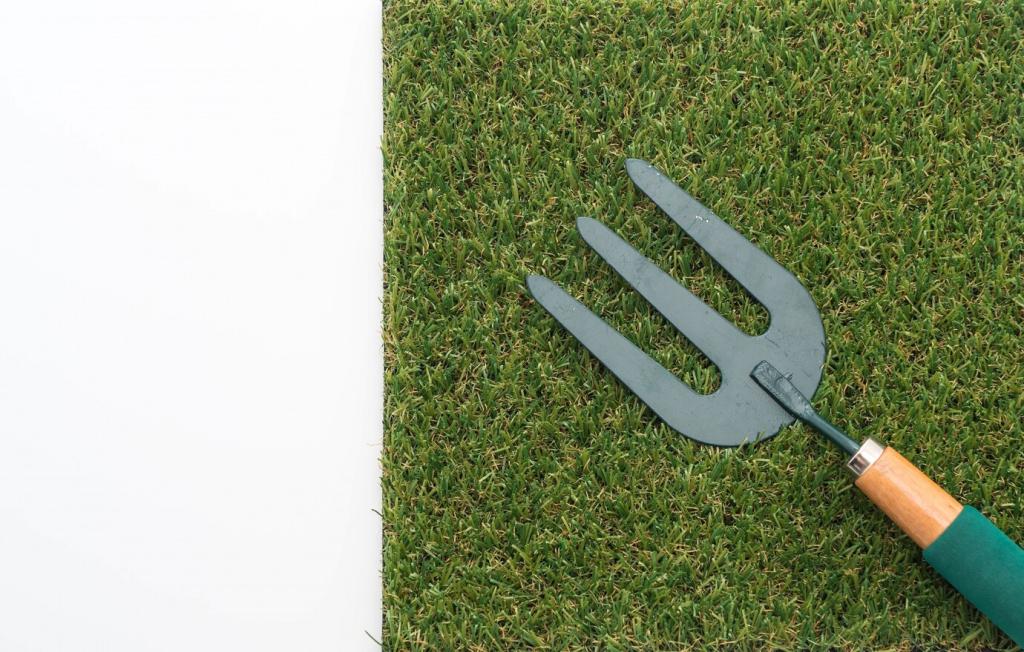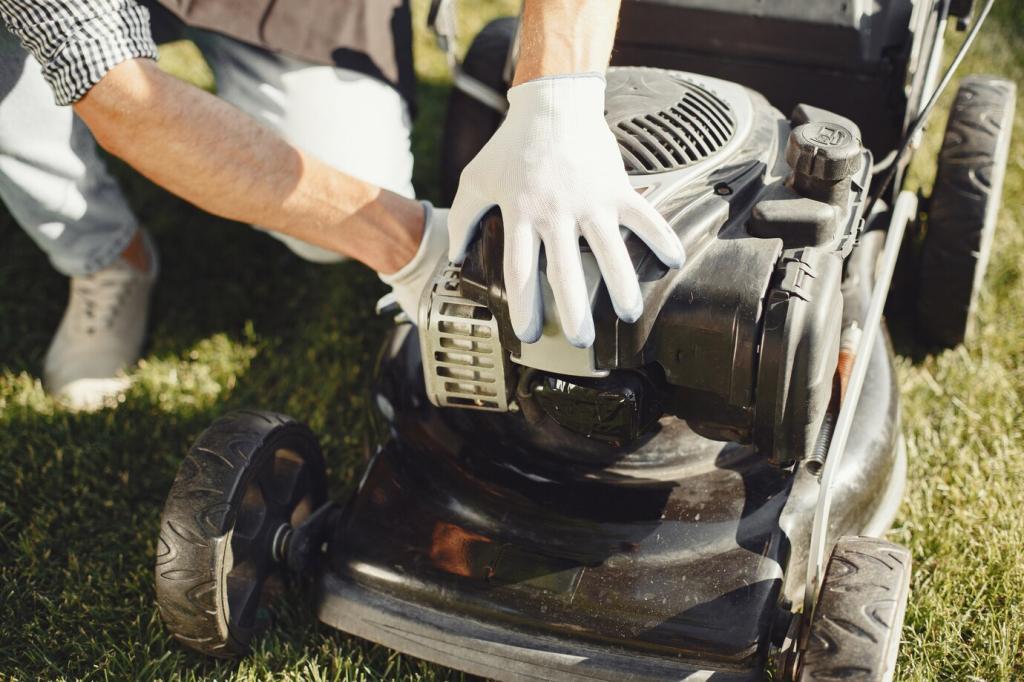Effective Golf Course Irrigation Techniques
Chosen theme: Effective Golf Course Irrigation Techniques. Master precise, data-driven watering that protects playability, reduces waste, and respects the environment—crafted from turf science, field experience, and stories from courses like yours.
Know Your Site: Soils, Slopes, and Microclimates
Soil Texture, Structure, and Infiltration Rates
Sandy rootzones drink quickly; clayey profiles sip slowly. Effective Golf Course Irrigation Techniques start with measuring infiltration, bulk density, and field capacity, then adjusting runtime and cycle counts to the soil you actually have. Share your rootzone mix and infiltration rate benchmarks to compare approaches with fellow superintendents.

Scheduling by Evapotranspiration (ET) and Weather Intelligence
ET Basics Translated Into Runtime
Use reference ET and turf coefficients to convert atmospheric demand into minutes that matter. Effective Golf Course Irrigation Techniques use ET to pace irrigation frequency and depth, preventing both wilt and waste. Post your preferred crop coefficient for bentgrass greens in midsummer conditions.
Onsite Weather Stations and Calibration
A reliable weather station turns guesswork into guidance. Calibrate wind, temperature, solar, and humidity sensors so ET data stays trustworthy. Effective Golf Course Irrigation Techniques flourish when sensor maintenance is routine. Share your calibration checklist or favorite station placement tips.
Adjusting for Wind, Shade, and Traffic
ET is the starting line, not the finish. Modify runtimes for wind-prone edges, shaded collars, and high-traffic fairway landing areas. Effective Golf Course Irrigation Techniques blend science with observation. Tell us how you tweak ET outputs during tournaments or heat waves.



Hydraulics and Uniformity: Getting Every Drop to Count
Overpressure mists away water; underpressure shortens throw. Use pressure-regulated heads and matched-precipitation nozzles. Effective Golf Course Irrigation Techniques tune pressure at the head and in the block to stabilize distribution. What pressure setpoint delivers your best arc on par‑3 tees?

Using Reclaimed Water Without Sacrificing Play
Reclaimed supplies can be reliable yet challenging. Track sodium adsorption ratio, bicarbonates, and chlorides. Effective Golf Course Irrigation Techniques apply acid injection or blending strategies to keep surfaces firm and healthy. How do you balance reliability with chemistry on your course?

Managing Salts with Leaching Fractions and Gypsum
Schedule periodic deep irrigations to push salts below roots, guided by soil tests. Amend with gypsum where exchangeable sodium is high. Effective Golf Course Irrigation Techniques time leaching after rain to save water. Share your leaching fraction target and monitoring method.

Wetting Agents and Hydrophobic Patches
Localized dry spots waste water and stress turf. Rotate nonionic surfactants and tailor rates to soil conditions. Effective Golf Course Irrigation Techniques pair wetting agents with sensor feedback for precision. Tell us which product rotation rescued your firmest summer greens.
Energy, Pumps, and Delivery Efficiency
Match pump output to real-time demand with VFDs to reduce energy use and pressure swings. Effective Golf Course Irrigation Techniques include routine curve verification and impeller inspections. What VFD settings helped you flatten nightly pressure fluctuations across your course?
Energy, Pumps, and Delivery Efficiency
Night windows usually cut evaporation and drift, but microclimates still matter. Stagger sets to avoid overlap on prevailing winds. Effective Golf Course Irrigation Techniques monitor gusts and pause cycles when patterns distort. Share your wind threshold for automatic delays.


Monitoring, Training, and Continuous Improvement
Dashboards, Logs, and Post-Rain Reviews
Centralized dashboards reveal runtime patterns, alarms, and anomalies. After every rain, review adjustments, ET shifts, and soil moisture rebounds. Effective Golf Course Irrigation Techniques rely on short feedback loops. Subscribe for templates that streamline your weekly irrigation reviews.
Crew Training and Culture of Observation
Technologies help, but trained eyes prevent crises. Teach crews to spot wilt triangles, weeping heads, and misaligned arcs. Effective Golf Course Irrigation Techniques become habit when everyone participates. Tell us how you motivate teams to report small issues early.
A Quick Story: The Fairway That Stopped Floating
After repeated puddling on a par‑5 landing zone, a superintendent audited DU, swapped two nozzles, and reprogrammed cycle-and-soak. The area stayed firm through a storm, saving overtime and complaints. Effective Golf Course Irrigation Techniques turn small tweaks into big wins. Join our newsletter for more field-tested stories.
